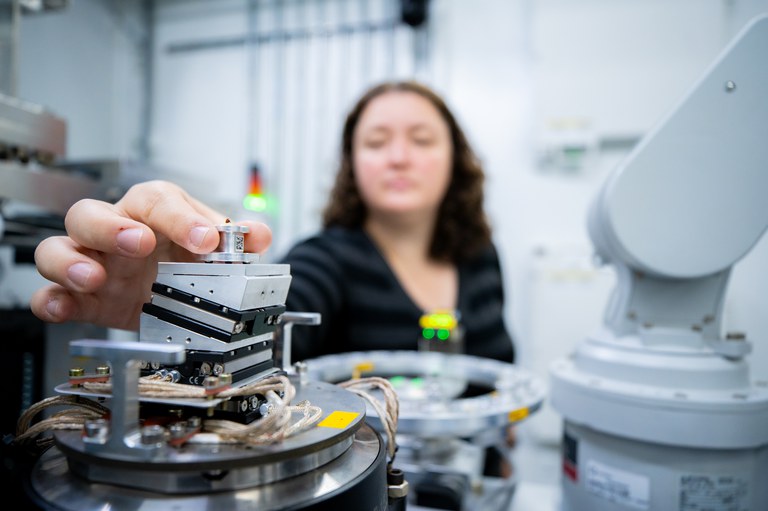Researchers interested in conducting experiments on Sirius, the Brazilian synchrotron light source, designed and operated by the National Center for Energy and Materials Research (CNPEM), an organization overseen by the Ministry of Science, Technology and Innovation (MCTI), have until September 6 to submit their projects.
Trials for the proposals selected in this call will take place during the first half of 2024. What is new in this call is that in addition to the six stations already in operation, this will be the first time that four new lines will be available to receive research.
“Any researcher from Brazil or the world can participate in the call. The project will be judged by external committees, to avoid any conflicts of interest, and if the project is well rated, the researcher will be able to use one of the rays.
evaluation process – Evaluation is done with dual anonymity. As in previous calls, research proposals will be analyzed through a distributed evaluation system with dual anonymity, where all bidders are also potential reviewers for the same call, within their areas of expertise. At least five reviewers rate each show.
Researchers evaluate which proposals will be accepted and vice versa. The sender will also review another submitter’s submission. But unknown. Nobody knows who he is. Therefore, he is twice anonymous. It’s a very honest way for you to ensure access to that infrastructure,” confirmed Natalie Archela, principal investigator for the Mahogany Light Line at Sirius.
New light lines – The mahogany beam line is one of the four lines entering the researchers’ call for the first time. This is the line of micro and nano tomography. “Her main goal is to make 3D images of different types of samples,” said Nathalie Archilha, the researcher responsible for this light source.
“This is a line that can receive different types of samples. We are not specialized in one sample or another. My research, for example, is related to the study of shale reservoirs that can contain oil and water inside them,” the researcher explained. The Cedro, Sabiá and Paineira Lines complete the new stations for this call.
In addition to having no costs for academic use, researchers from Brazilian and foreign institutions domiciled in Latin American and Caribbean countries can, with approved proposals, request financial assistance to use the Sirius facilities and travel to Campinas-SP, where CNPEM has a campus.
“When the researcher receives approval for the proposal, CNPEM provides support and training to use the beamline, to run the experiment for a few days, and also provides support for post-processing,” Nathalie said.
To learn more about making presentations and about synchrotron light sources, visit: https://cnpem.br/
With information from CNPEM

“Wannabe internet buff. Future teen idol. Hardcore zombie guru. Gamer. Avid creator. Entrepreneur. Bacon ninja.”

